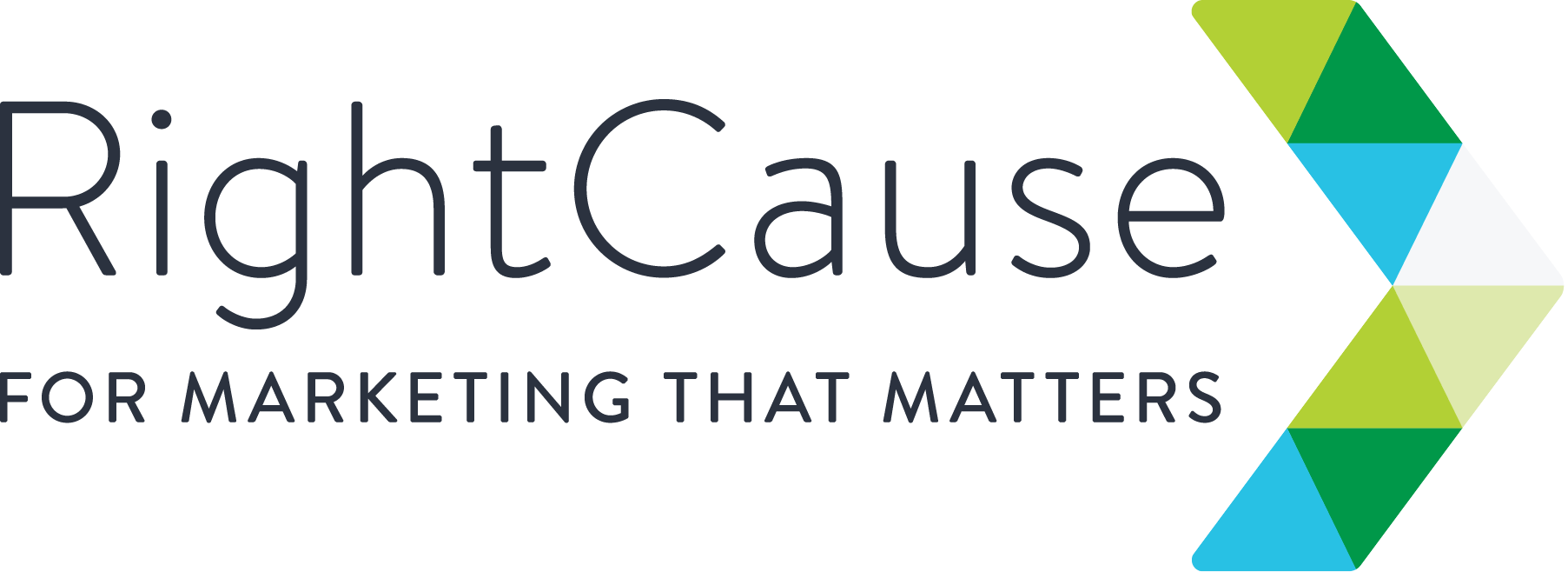What is Cause Marketing?
"Yeah, I know what Cause Marketing is, I just want to hear you say it first..."
By now you have probably heard or read something about 'cause marketing' or 'Corporate Social Responsibility', but do you know what those terms actually mean? As the demand for social purpose continues to grow, it won't be long before all that do-gooder jargon becomes an integral part of your business. So, take this opportunity to learn what those terms mean and how they are used.
Cause Marketing (AKA, Cause-related Marketing) is a cooperative marketing strategythat mutually benefits a for-profit business and non-profit organization or social cause in some way. Corporate Social Responsibility (CSR) or Corporate Giving are business approaches that use cause marketing to promote a company's positive environmental or social impact.
Applications of cause marketing are endless, especially with technology advancing so rapidly, but here are the most common types of cause marketing campaigns we see today:
Transactional Campaigns
- Portion of Purchase: A portion of a business' profit/proceeds from a product/service are donated to a nonprofit or social cause. Businesses can come together for a joint Portion of Purchase campaign, offering a greater selection of products and services to support a common effort. Example: (RED) & the Fight Against AIDS
- Percentage of Sales: A portion of a business' sales revenue, regardless of which product or service is purchased, is donated to a defined charity or cause. Example: Whole Foods 5% Days
- Buy One Give One: A business commits to carrying out a definitive social or environmental good with the purchase of its product/service. Example: TOMS One for One
- Point of Sale: Donations are solicited from customers via a cashier, digital prompt or display. These campaigns are seen in a variety of forms, from a direct request from a cashier (Example: St. Jude Children's Research Hospital Pinups), to rounding up on a bill (Example: RMHC Change Boxes) or an online prompt (Example: AmazonSmile).
Event Campaigns
- Sponsorship: A business directly pays a non-profit organization for brand promotion during a charity event. These are commonly seen in the form of event program advertisements or other targeted mentions.
- Event Host: A business organizes its own fundraiser on behalf of a non-profit organization or social cause. Example: Avon 39 Breast Cancer Walk
Pledge Campaigns
- Proud Supporter: A business publicly donates a substantial gift to a non-profit and highly promotes the effort with advertising and public relations. Example: Jeep & USO
- Social Advocacy: A business devotes its own resources to raising awareness and advocating change for a specific social or environmental cause. Example: Google Green
- License Agreement: A business pays a non-profit organization in order to use the charity's logo and other trademarks in its marketing. This method often requires the company to undergo a certification process and agree to strict licensing agreements. Example: Subway AHA
Consumer Engagement Campaigns
- Digital Engagement: A business uses the internet, mobile apps, social media, text messaging and other technology to create a digital experience for consumers to raise awareness/funds for a cause. Example: Always #LikeAGirl
- Action Driven: A business encourages customers to participate in a cause, often in the form of a donation drop-off. Example: ShopRite Partners In Caring
- Volunteerism: A business encourages customers and employees to donate their time instead of money. Larger companies implementing this method often offer paid-time-off for employee's volunteer hours. Example: Salesforce Volunteering
Now that you know what cause marketing is, you are destined to see it all around you. Go about your day and just watch how many examples of cause marketing you stumble across!
Article Published: February 13, 2018

